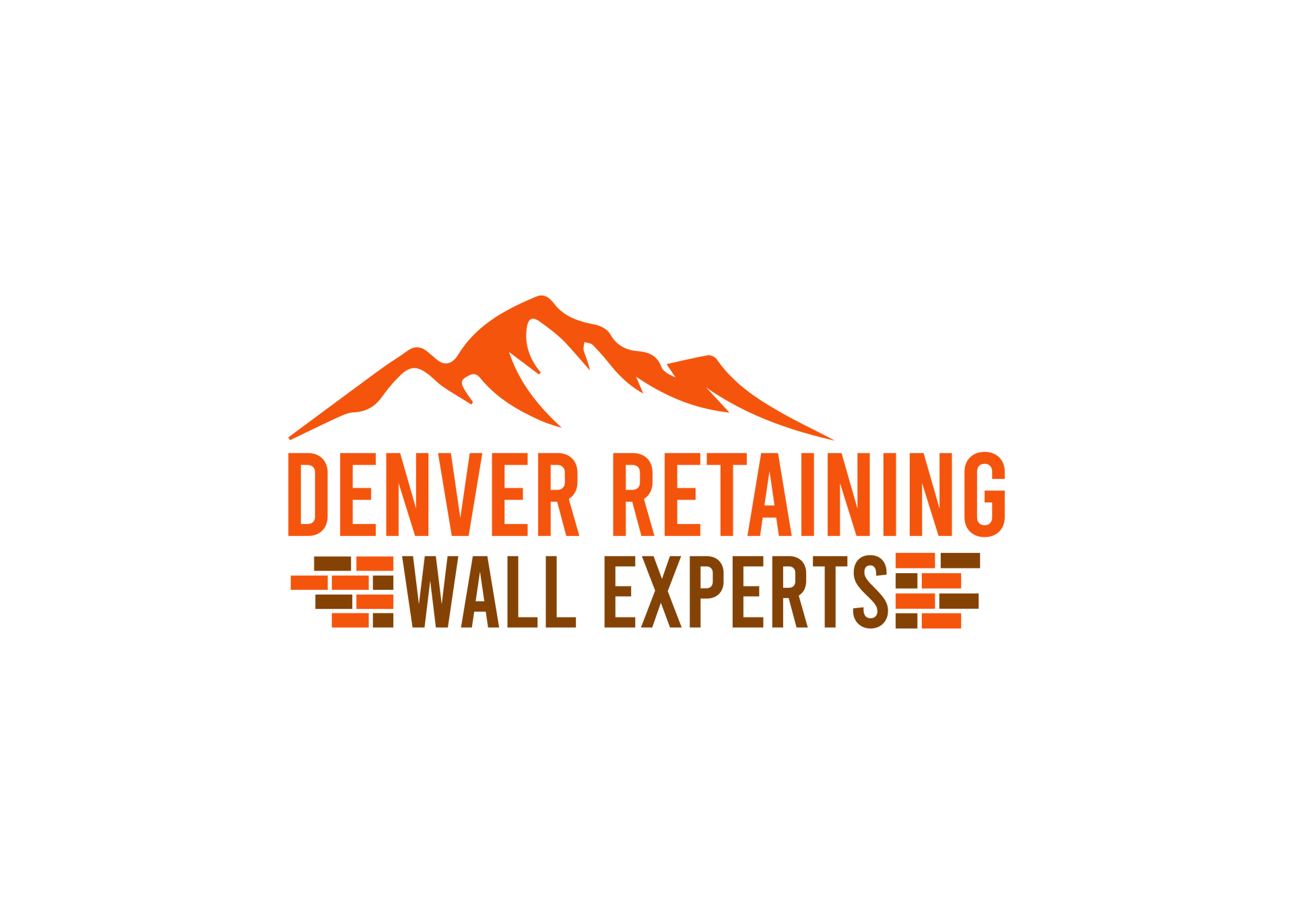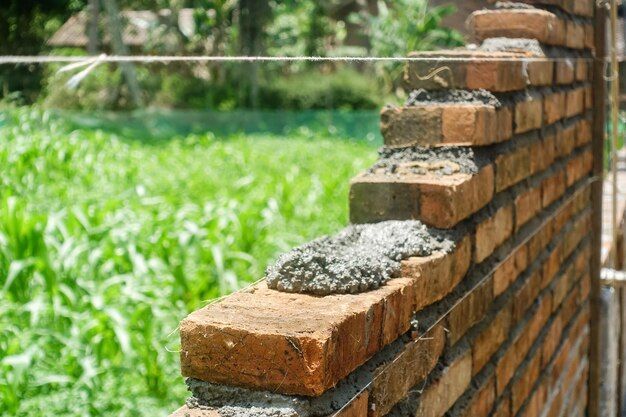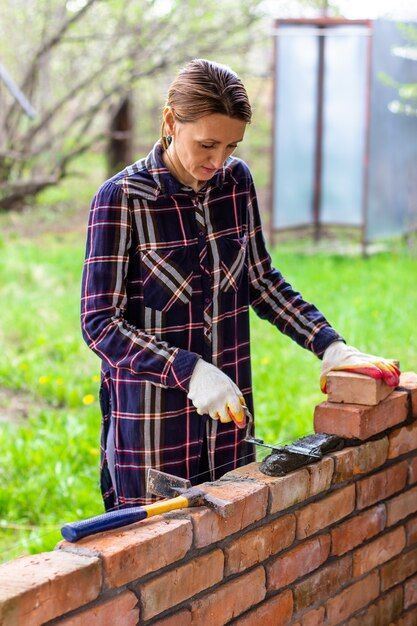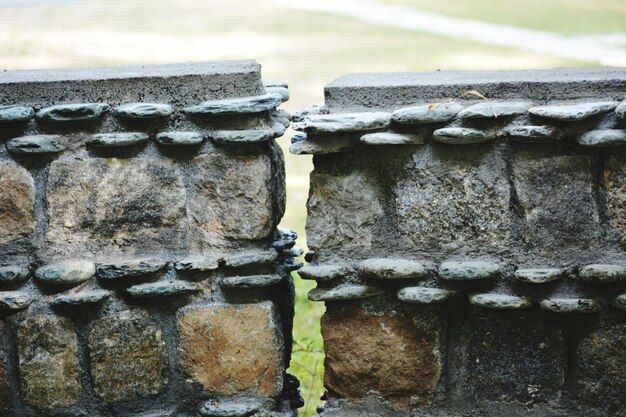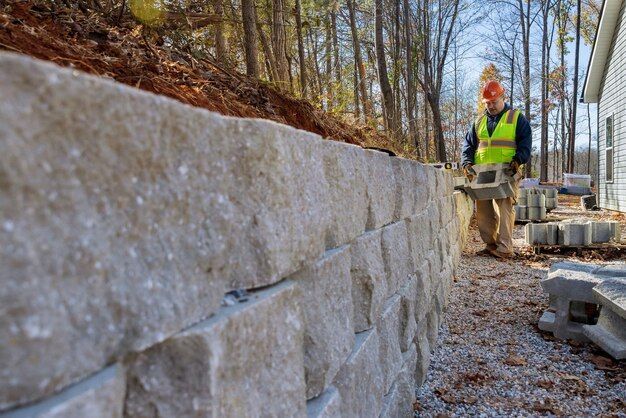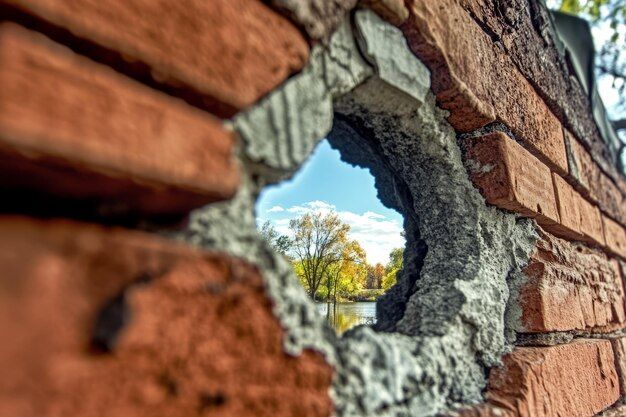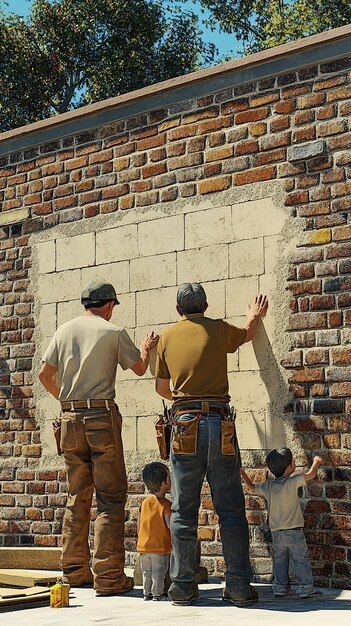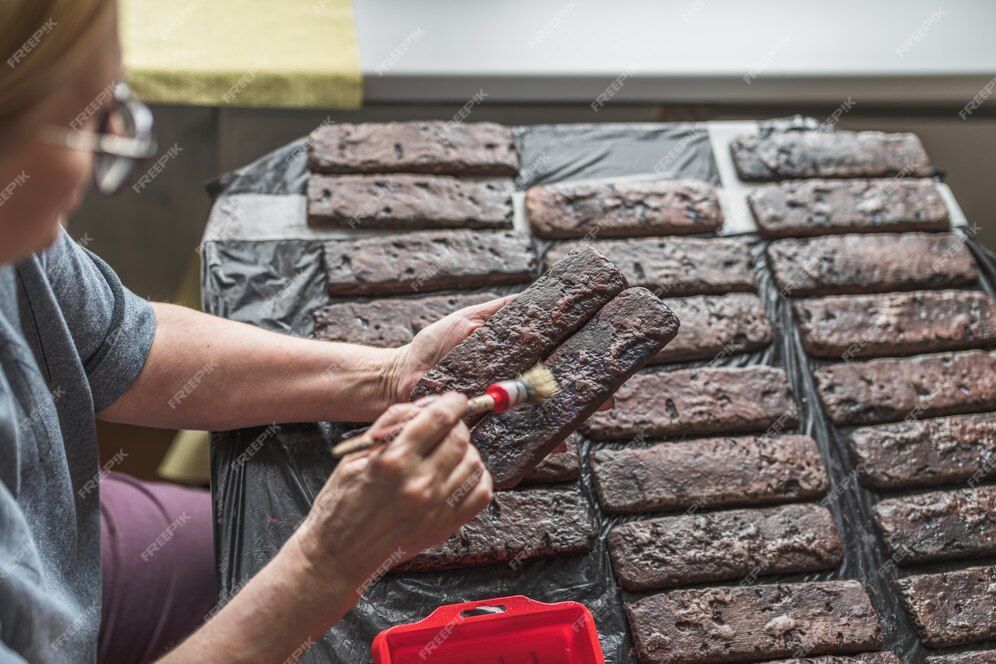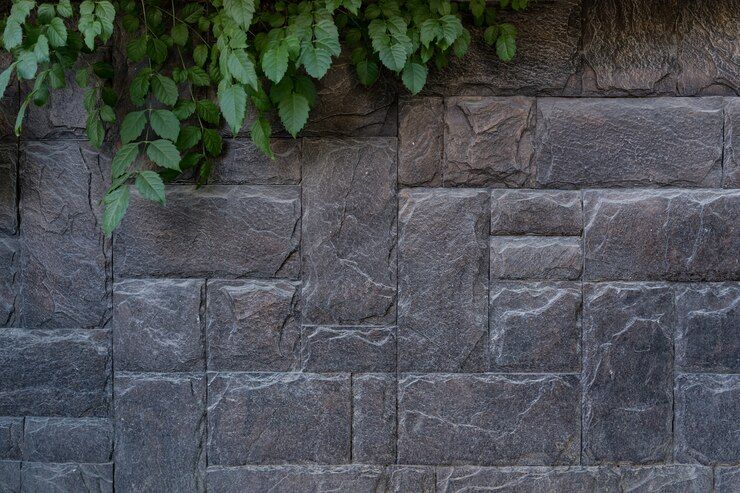Denver Retaining Wall Experts
CALL US NOW 720-650-8355
The Ultimate Guide to Retaining Walls in Denver: Everything You Need to Know
Is your land property in Denver sloped and are you thinking about what you can add to enhance its aesthetic appeal? Then, retaining walls can be a great choice. For some, retaining walls are just typical construction parts of exterior property. But for those who are experts in structural and architectural analysis, they are not just practical structures; they are pivotal in landscape design, especially in the varied terrains of Denver, Colorado. In this article, we will provide a comprehensive overview of retaining walls, from their sole purpose and types to the specifics of building one here in Denver. So, if you have some questions about retaining walls in Denver, this comprehensive guide might have the answers you are looking for.
What is the Purpose and Benefits of Installing Retaining Walls?
Retaining walls have the important function of holding back the soil and preventing erosion, especially in uneven land areas. Beyond the functional importance, retaining walls can enhance aesthetic appeal, increase usable land, and can boost your property value significantly. They are beneficial particularly in Denver due to the city’s topography and climate, which can lead to soil movement and stability.
What are the Types of Retaining Walls?
Gravity Walls:
This type of retaining wall relies on their mass (stone, concrete, or other heavy materials) to resist pressure from behind. They are also typically good for shorter slopes.
Cantilevered Walls: These retaining walls are designed with footings that extend into the hillside. These walls use leverage to hold back the soil and they are suitable for taller slopes.
Sheet Piling Walls:
They are primarily used for soft soil and tight spaces. These retaining walls are made up of steel, vinyl, or wood planks driven into the ground.
Anchored Walls: This type of retaining wall can be any of the types above that is enhanced with cables or other supports anchored into rock or soil behind them.
What are the materials for Building Retaining Walls?
Take note that the choice of material can bring a huge impact to the durability, cost, and appearance of your retaining walls.
Concrete: This material offers strength and longevity but it may require professional installation.
Stone or Brick:
These materials are very common because they provide a natural look that many homeowners desire.
Timber:
This is typically less durable than stone or concrete but it offers a rustic aesthetic that complements your garden or yard.
Interlocking Concrete Blocks:
These blocks provide flexibility and clean look. They are also easier to install without mortars.
What are the steps for Building a Retaining Wall?
Planning and Design: Assess and determine the best type of wall suitable to the area, and consider potential challenges you may have.
- Excavation: To have a stable foundation, dig out the area where the wall will be built.
- Foundation Laying: Lay a solid foundation using crushed stone or concrete for stability.
- Drainage: Installing proper drainage behind the wall is one of the important steps to prevent water pressure from building up and causing damage to your retaining wall.
- Finishing touch: For the final step, backfill soil and landscape around the new wall.
Keep in mind that when installing a retaining wall to your property, it is best to seek professional help to ensure quality and durability. This type of construction project requires proper knowledge and skills to accomplish. This step-by-step guide serves to give you an idea about the process of the construction.
Maintenance and Repair
Regular maintenance checks extend the life of a retaining wall. Check if there’s cracks, signs of bulging, or water buildup behind the wall. Early detection of potential issues can prevent costly repairs and ensure that the retaining wall can effectively continue to perform its function.
Retaining walls can be a great choice if you want to elevate the curb appeal and potential value of property. If you are also looking to prevent erosion, or want to create a flat space on a slope, retaining walls is a smart choice. Making yourself informed about the basics and specifics of retaining wall construction and maintenance can help you make wise decisions. Also, remember to always consider the local environment and building codes to ensure your retaining wall is both beautiful and structurally sound. We hope you learned something from this article.
Contact us today to learn more!
